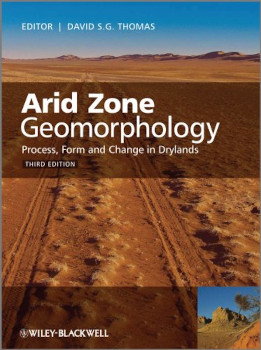

Most ebook files are in PDF format, so you can easily read them using various software such as Foxit Reader or directly on the Google Chrome browser.
Some ebook files are released by publishers in other formats such as .awz, .mobi, .epub, .fb2, etc. You may need to install specific software to read these formats on mobile/PC, such as Calibre.
Please read the tutorial at this link: https://ebookbell.com/faq
We offer FREE conversion to the popular formats you request; however, this may take some time. Therefore, right after payment, please email us, and we will try to provide the service as quickly as possible.
For some exceptional file formats or broken links (if any), please refrain from opening any disputes. Instead, email us first, and we will try to assist within a maximum of 6 hours.
EbookBell Team

4.1
40 reviewsOnce again, recognised world experts in the field have been invited to contribute chapters in order to present a comprehensive and up-to-date overview of current knowledge about the processes shaping the landscape of deserts and arid regions. In order to broaden the appeal of the Third Edition, the book has been reduced in extent by 100 pages and the Regional chapters have been omitted in favour of the inclusion of key regional case studies throughout the book. The Editor is also considering the inclusion of a supplementary website that could include further images, problems and case studies.
Content:
Chapter 1 Arid Environments: Their Nature and Extent (pages 1–16): David S. G. Thomas
Chapter 2 Tectonic Frameworks (pages 17–25): Helen Rendell
Chapter 3 Climatic Frameworks: Legacies from the Past (pages 27–52): David S. G. Thomas and Sallie L. Burrough
Chapter 4 Dryland System Variability (pages 53–60): David S. G. Thomas
Chapter 5 Extraterrestrial Arid Surface Processes (pages 61–82): Jonathan Clarke
Chapter 6 We